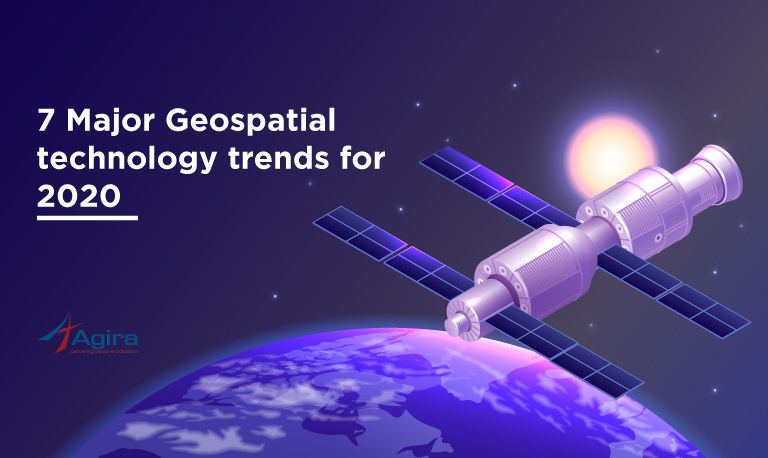Geospatial technology has rapidly transformed the way we collect, analyze, and interpret spatial data. It encompasses tools like Geographic Information Systems (GIS), remote sensing, Global Positioning Systems (GPS), and more. As this field evolves, it presents a unique blend of challenges and opportunities in geospatial technology development that stakeholders must navigate to fully harness its potential.
Understanding the Landscape of Geospatial Technology
Geospatial technology integrates hardware, software, and data for mapping and analyzing locations on Earth’s surface. It plays a crucial role in urban planning, disaster management, agriculture, transportation, and environmental monitoring. However, as the demand for precise and real-time spatial data increases, so does the complexity of developing and implementing these technologies.
Key Challenges in Geospatial Technology Development
Data Quality and Accessibility
One of the foremost challenges in geospatial technology development is ensuring high-quality, accurate, and up-to-date data. In many regions, especially developing countries, data collection infrastructure may be limited or outdated. Additionally, accessing geospatial data can be hindered by legal restrictions, privacy concerns, and interoperability issues between different systems.
Technical Complexity and Integration
Geospatial systems often require integration with other technologies such as AI, big data analytics, and cloud computing. The technical complexity of combining these diverse components can slow down development and increase costs. Furthermore, the lack of standardized protocols can complicate interoperability between different geospatial platforms.
Skills Gap and Workforce Development
Developing and maintaining advanced geospatial technologies requires a skilled workforce with expertise in GIS, remote sensing, data science, and programming. The shortage of trained professionals poses a significant challenge, limiting innovation and widespread adoption.
Opportunities in Geospatial Technology Development
Advancements in Data Collection and Processing
Technological innovations, such as drones, satellites, and IoT sensors, are expanding the volume and variety of geospatial data available. These advancements offer opportunities to improve the accuracy and timeliness of spatial information, enabling better decision-making in fields ranging from environmental conservation to smart cities.
Integration with Emerging Technologies
The fusion of geospatial technology with AI, machine learning, and cloud computing is opening new frontiers. These integrations facilitate predictive analytics, automated mapping, and enhanced visualization tools that can transform industries and improve operational efficiencies.
Growing Demand for Geospatial Solutions
With increasing awareness of environmental issues, urbanization challenges, and disaster preparedness, there is a growing demand for geospatial solutions worldwide. This trend creates opportunities for startups, technology companies, and governments to invest in innovative tools and services that address pressing societal needs.
Conclusion
The challenges and opportunities in geospatial technology development are deeply interconnected. While obstacles such as data quality, technical complexity, and workforce shortages remain significant, the rapid advancements in technology and increasing demand for spatial insights offer immense potential. By addressing these challenges and leveraging emerging opportunities, the geospatial industry can continue to drive innovation and create impactful solutions for global challenges.

